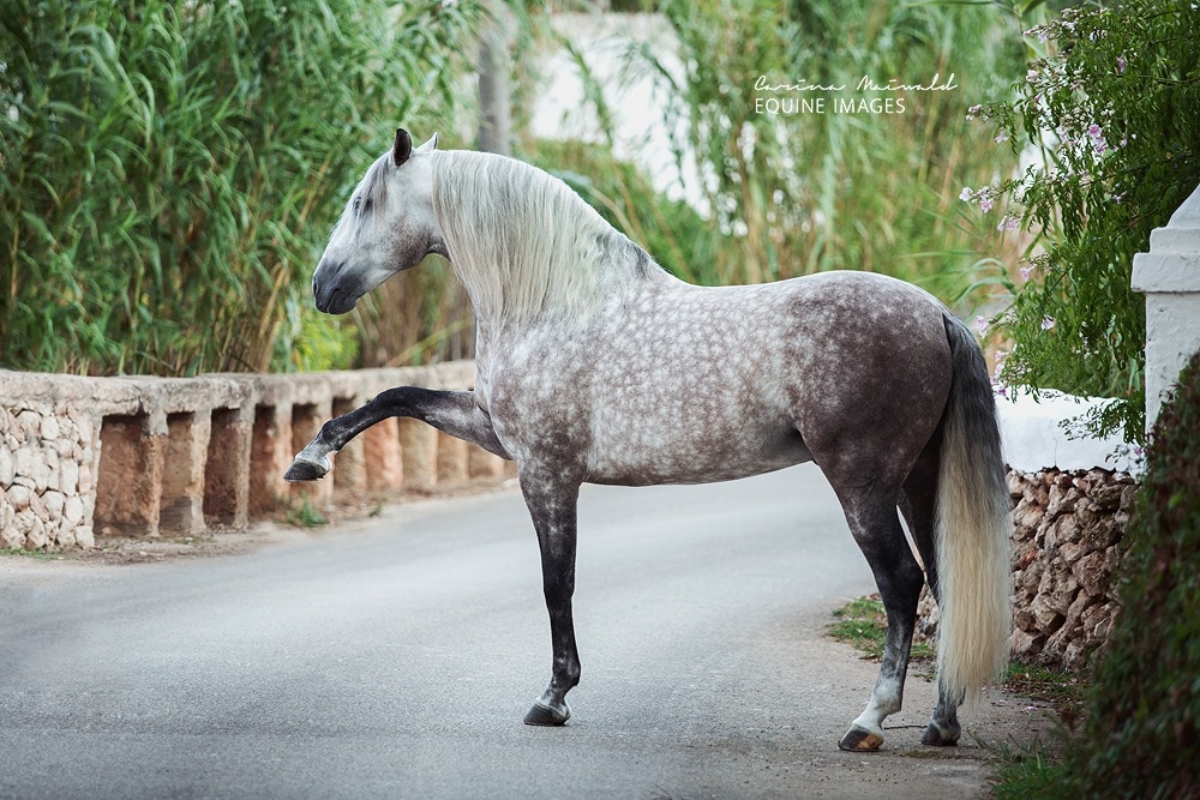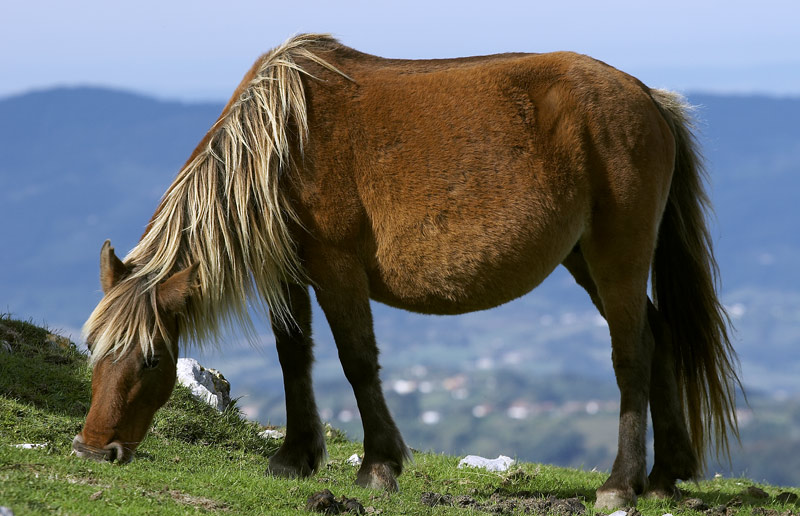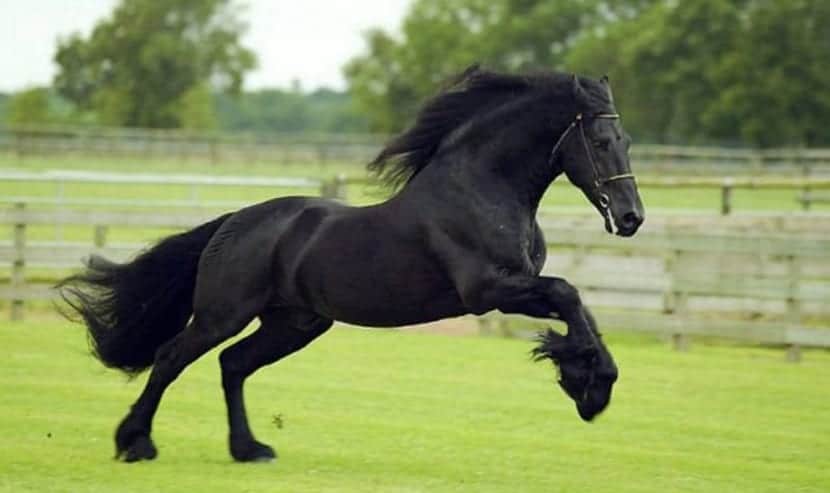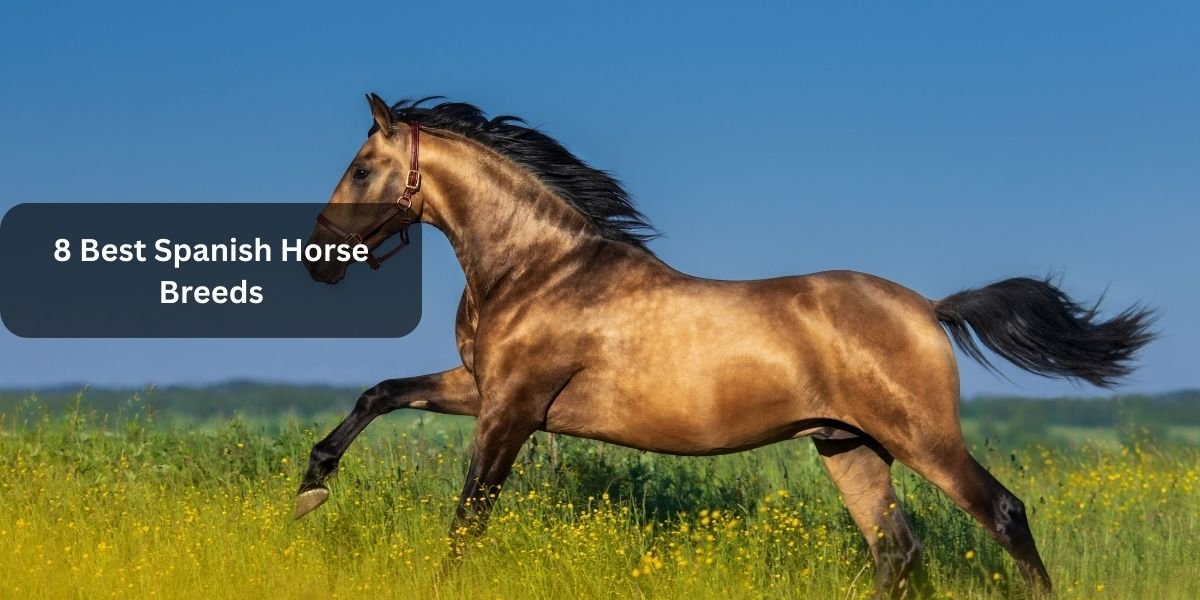Introduction:
Spain, renowned for its rich equestrian history and tradition, is home to several magnificent horse breeds that have captured the hearts of enthusiasts worldwide. From their striking appearance to their versatile abilities, Spanish horse breeds are celebrated for their beauty and prowess. In this guide, we’ll explore the elegance and charm of the 8 best Spanish horse breeds, each with its unique characteristics and contributions to the world of equines.
Spanish Equine Excellence: A Glimpse into the Finest Horse Breeds
Spain’s horse breeds are a testament to the country’s deep connection with horses. Let’s delve into the beauty and allure of the 8 best Spanish horse breeds, appreciating their distinctive qualities and roles in various equestrian disciplines.
Andalusian (Pura Raza Española)

The Andalusian, often referred to as Pura Raza Española (PRE), is a breed known for its elegance, intelligence, and versatility. With a well-muscled yet refined build, Andalusians excel in dressage, classical riding, and various equestrian performances. Their expressive eyes and graceful movements make them a favorite among horse enthusiasts.
Lusitano

Originating in Portugal but closely related to the Andalusian, the Lusitano is celebrated for its athleticism and courage. Known for their powerful hindquarters and compact build, Lusitanos are versatile horses excelling in dressage, driving, and working with cattle. Their noble appearance and gentle temperament contribute to their popularity.
Spanish Mustang

The Spanish Mustang, also known as the Colonial Spanish Horse, has historical significance as one of the oldest horse breeds in North America. Descended from horses brought by Spanish explorers, they embody hardiness and endurance. Spanish Mustangs are valued for their versatility, excelling in ranch work, trail riding, and various equestrian disciplines.
Pottoka
The Pottoka, a small but hardy pony breed native to the Basque Country, is known for its strength and surefootedness. Used traditionally for farm work and transportation in mountainous regions, Pottokas are now appreciated for their charming appearance and suitability as family ponies and in therapeutic riding programs.
Caballo de Deporte Español (Spanish Sport Horse)

The Caballo de Deporte Español, developed in the latter part of the 20th century, is a versatile sport horse bred for competitive disciplines such as show jumping, dressage, and eventing. Combining the athleticism of warmblood breeds with the elegance of Iberian horses, they exhibit a balanced and athletic conformation.
Garrano

The Garrano is a small horse breed native to Portugal and northern Spain, particularly the Galicia and Asturias regions. Known for its hardiness, intelligence, and adaptability, the Garrano has historically been used for agricultural work and transportation. Today, efforts are made to preserve and promote this ancient breed.
Asturcón

The Asturcón, native to the Asturias region of Spain, is a small pony breed with a distinctive appearance. Known for its strength and resilience, the Asturcón has traditionally been used for agricultural work in mountainous terrain. Despite its size, this pony is known for its surefootedness and versatility.
Mallorquín

The Mallorquín, originating from the Balearic Islands, is a breed known for its strength and versatility. Historically used in agriculture and transportation, Mallorquíns are now appreciated for their contribution to traditional festivals and events. With a strong build and amiable temperament, they are also suitable for riding and driving.
Conclusion:
The Spanish horse breeds embody a rich tapestry of history, tradition, and equine excellence. From the majestic Andalusian to the hardworking Garrano, each breed contributes to the diversity and allure of Spain’s equestrian heritage. Whether in the show ring, on the ranch, or in the mountains, these horses showcase the enduring connection between Spain and its magnificent equines.
FAQs:
Q1: Are Andalusians good for beginners?
A1: Andalusians are known for their gentle temperament and willingness to work with their riders, making them suitable for riders of various levels, including beginners. Their intelligence and versatility allow them to excel in various equestrian disciplines, and they often form strong bonds with their owners.
Q2: Can Spanish Mustangs be used for trail riding?
A2: Yes, Spanish Mustangs are well-suited for trail riding due to their hardiness, endurance, and surefootedness. Descended from horses that adapted to diverse terrains in North America, they thrive in outdoor environments and are often used for trail riding, ranch work, and recreational riding.
Q3: How tall are Asturcón ponies?
A3: Asturcón ponies are typically small in size, with an average height ranging from 11 to 12.2 hands (44 to 49 inches). Their compact build and surefootedness make them well-adapted to mountainous terrain, where they have historically been used for various tasks, including agricultural work.
Q4: What is the primary use of the Pottoka pony?
A4: The Pottoka pony has traditionally been used for farm work and transportation in the mountainous regions of the Basque Country. Today, Pottokas are valued for their charming appearance and are often kept as family ponies. They are also employed in therapeutic riding programs due to their gentle nature.
Q5: Are Lusitanos suitable for dressage?
A5: Yes, Lusitanos are highly suitable for dressage. Known for their athleticism, balance, and willingness to work, Lusitanos have excelled in classical dressage and other equestrian disciplines. Their elegant movements, collection, and responsiveness make them sought-after performers in the dressage arena.



